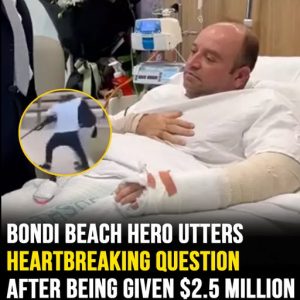You look down and notice the veins on your hands or legs are more prominent than before. Is this something to worry about? In most cases, no. Visible veins are usually harmless and can be linked to factors like age, genetics, fitness level, or even the weather. Veins carry blood back to your heart after oxygen has been delivered to your body. Because veins lie closer to the skin than arteries, their visibility depends on skin thickness, fat levels, and circulation. Common, harmless reasons veins become more noticeable include low body fat—often seen in athletes or after weight loss—aging, which thins the skin, exercise, which increases blood flow, heat causing veins to dilate, and genetics. In these cases, no medical attention is needed.
However, there are situations when visible veins might signal a medical problem. Chronic Venous Insufficiency (CVI) occurs when vein valves weaken, causing blood to pool in the legs, leading to swelling and discomfort. Varicose veins, which appear bulging and twisted, may cause throbbing or irritation. More serious conditions include superficial thrombophlebitis, a small clot causing redness and tenderness, and Deep Vein Thrombosis (DVT), a dangerous clot deep in the leg that requires immediate medical attention. Other temporary factors like dehydration, hormonal changes, or rapid weight loss can also make veins more visible.
You should see a doctor if veins suddenly become prominent without reason, or if you experience pain, swelling, skin changes, or have a family history of vein disease. To maintain vein health, stay active, maintain a healthy weight, avoid prolonged sitting or standing, and consider compression stockings if needed. Medical treatments such as sclerotherapy, laser therapy, or surgery may be options for severe cases. Remember, visible veins are often normal—your veins are just doing their job.




